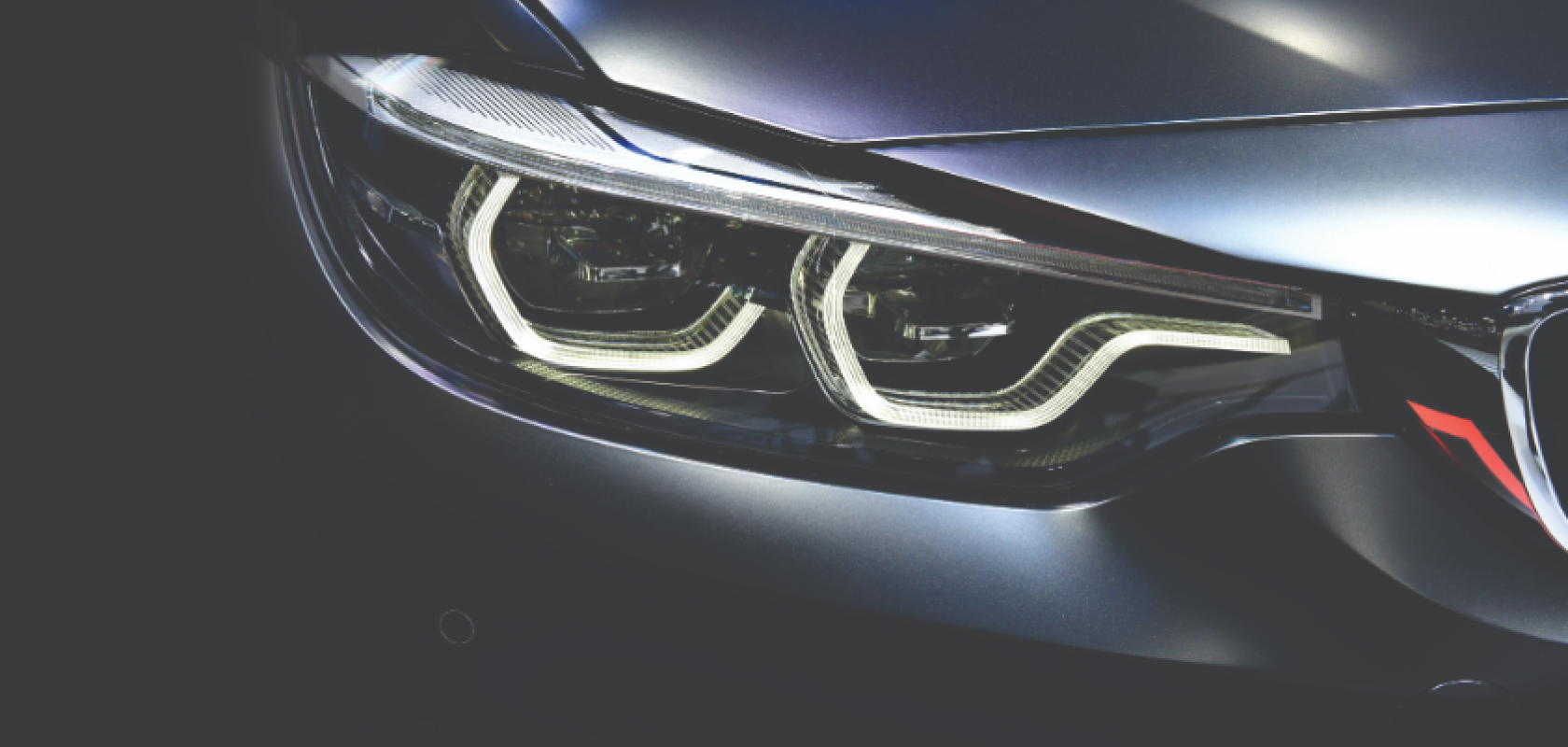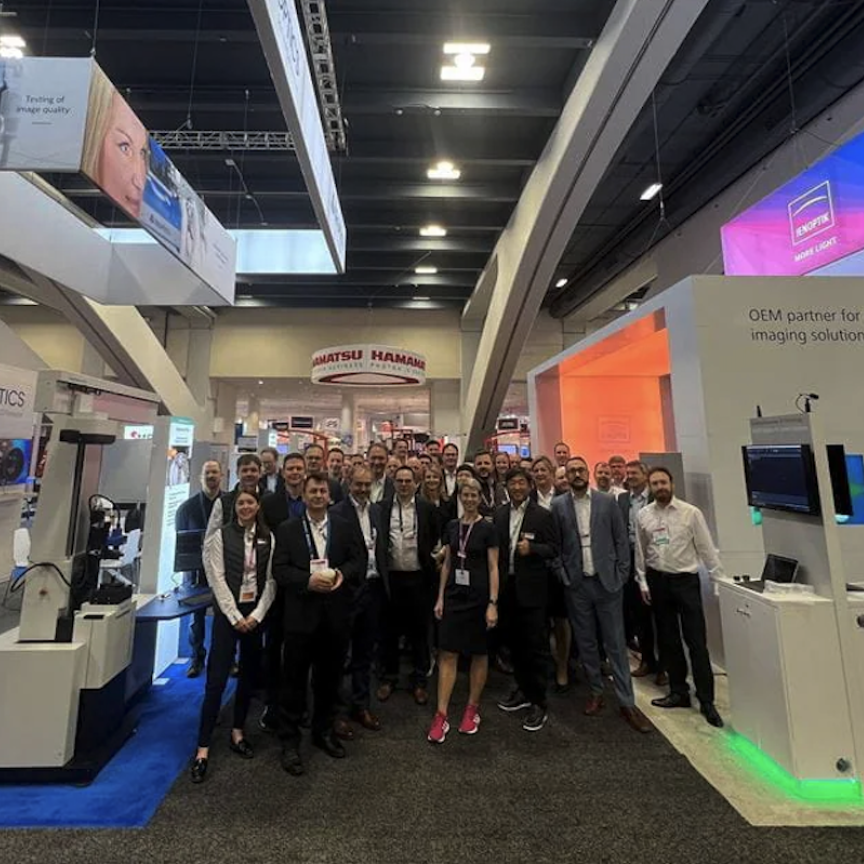How optical designers can realise the benefits of using freeform optical elements from the R&D stage when designing for illumination applications
Freeform optics – or optics with at least one freeform surface and no translational or rotational symmetry about axes normal to the mean plane – are not a new technology. Some of the earliest freeform optics in commercial use were part of the viewing optics of the Polaroid SX-70 camera in the 1970s.
Since then, advances in the production of freeform optics have opened up a variety of new applications and use cases, such as computational imaging, compact projection displays, document security, curing of polymer in dentistry, lithography, microscopy and more.
One relatively new area in which freeform optics are beginning to become more popular is in the design of optics for illumination applications. A key driver here is the increased flexibility that freeform optics can provide. Dave Jacobsen, senior application engineer at Lambda Research Corporation, revealed: ‘One area where freeform optics have been really big is automotive headlights. Back to the 1970s and 1980s, all cars had basically the same square, rectangular or circular headlights. Then we started to see more of the reflector-type systems, but now we’re seeing with LED headlights the requirement for more complex optics to produce those very defined patterns.’
Taking us back to the 1990s momentarily, Jacobsen compared today’s headlights with an earlier design. ‘When Ford first introduced the Focus years ago, the headlight was one of the first types of reflector headlights. It was made up of these flat segments that were cool looking, but it was quite a rudimentary way of achieving it. If you look at a modern car today, the headlights are smooth and every one is different. They’re integrated into two or three variables, there might be hundreds of possible changes that can be made at any one time. Being able to iterate and try hundreds or thousands of possible solutions in a relatively short period of time, hours instead of days or weeks. Those extra degrees of freedom make what we call the “solution space”, the possible numbers of solutions to that problem, exponentially larger. So designers need some extra tools and abilities to search that space to find the best solution for them.’ Happily, there are a number of advanced and modern optical design software options available that can help to ease this process because they allow the user to automatically test and optimise a large number of parameters. Numerous possible solutions the styling of the car. That’s an area where freeform really starts to come into its own in terms of applications, as it lends itself perfectly to illumination.’
Driving force
One of the key drivers in the increased use of freeform optics for illumination is the development of LEDs. Jacobsen elaborated: ‘These freeform optics really started to gain traction with the development of LEDs because they can provide the option of having a lot of light in a very small space, which gives more flexibility to change designs.’
Indeed, flexibility is one of the biggest advantages offered by freeform optics for illumination, as they allow designers a greater amount of freedom to simplify their designs or solve complex problems at the early stage of the process. But therein also lies the challenge, as Jacobsen explained: ‘Now, instead of maybe solving two or three variables, there might be hundreds of possible changes that can be made at any one time. Being able to iterate and try hundreds or thousands of possible solutions in a relatively short period of time, hours instead of days or weeks. Those extra degrees of freedom make what we call the “solution space”, the possible numbers of solutions to that problem, exponentially larger. So designers need some extra tools and abilities to search that space to find the best solution for them.’
Happily, there are a number of advanced and modern optical design software options available that can help to ease this process because they allow the user to automatically test and optimise a large number of parameters. Numerous possible solutions and variations can be tested in a relatively short time compared with a manual trial and error process, helping to simplify the process once the design engineer has decided on the initial freeform design.
Tools of the trade
The last point is a crucial one. The latest generation of software, such as Lambda Research Corporation’s TracePro, is designed as a tool to help designers and engineers work smarter, but their input is still essential. Jacobsen continued: ‘Having the experience and expertise is really helpful, especially when you do get into these solutions that maybe have 100 points on which you can possibly optimise. That’s a huge solution space, and the chances of planning to choose exactly the right solution are smaller than if you can, say, start with something that’s close to the performance you want, and then optimise from there.’
TracePro itself is a 3D solid, modelling-based optical analysis programme that is built on an existing CAD kernel, allowing for file exchange with all CAD software. Originally developed for NASA for stray light analysis of space telescopes and remote sensing systems, TracePro is a multi-threaded programme, which means it can use as many processors or as many cores as the user has available, allowing for fast ray traces and speedy iteration and checking of designs.
Importantly for freeform optics, the software has a 3D optimiser built in. Jacobsen explained: ‘That means the designer is able to start with a shape, and let’s say for a freeform system, they might start with BSpline, which is just a grid of points, and they can move the points up and down and create these wildly complex shapes. So they can start with that basic grid, and then they can optimise, using the 3D optimiser, to a goal. It might be a specific illumination pattern, maybe they’re trying to illuminate a trapezoidal-type area. Or maybe they want uniformity over a complex area or specific beam patterns. This would be useful, for example, in street lighting, where light might need to go along the length of the street, but also remain relatively narrow so that it just illuminates the street, rather than someone’s window.’
Looking to the future of optical design for illumination – and the tools that will support it – Jacobsen believes it is an area that will continue to evolve and develop. ‘Right now we have the capability with software to design things that potentially can’t be manufactured. The thing about any software product is that, just because you can design it on the computer, doesn’t mean you can actually make it in real life. But as manufacturing capabilities increase and different technologies come into play, such as 3D printing, for example, it’s going to allow for even more complex designs in the future. And when you get to more complexity, it starts to give you the ability to make smaller lenses, or change the form factor to be more aesthetically pleasing.’
Partner companies that provide the tools and software to assist the designers will also evolve their offerings to best assist customers. Jacobsen elaborated: ‘We’re always offering new tools, and every time we release new software, there’s almost always some exciting new features, like our optimiser. I remember maybe 10 years ago, when we first released an optimiser, and I look now at the different capability compared to what it could do 10 years ago, and it’s kind of astounding, the amount of changes. So it’s continuously evolving. Then as new applications or challenges arise, our programmers and engineers will work to implement those tools to provide solutions.’
Find out more about how modern optical design software can help to simplify and optimise the design process from the early R&D stage by downloading the latest white paper from Lambda Research Corporation.


